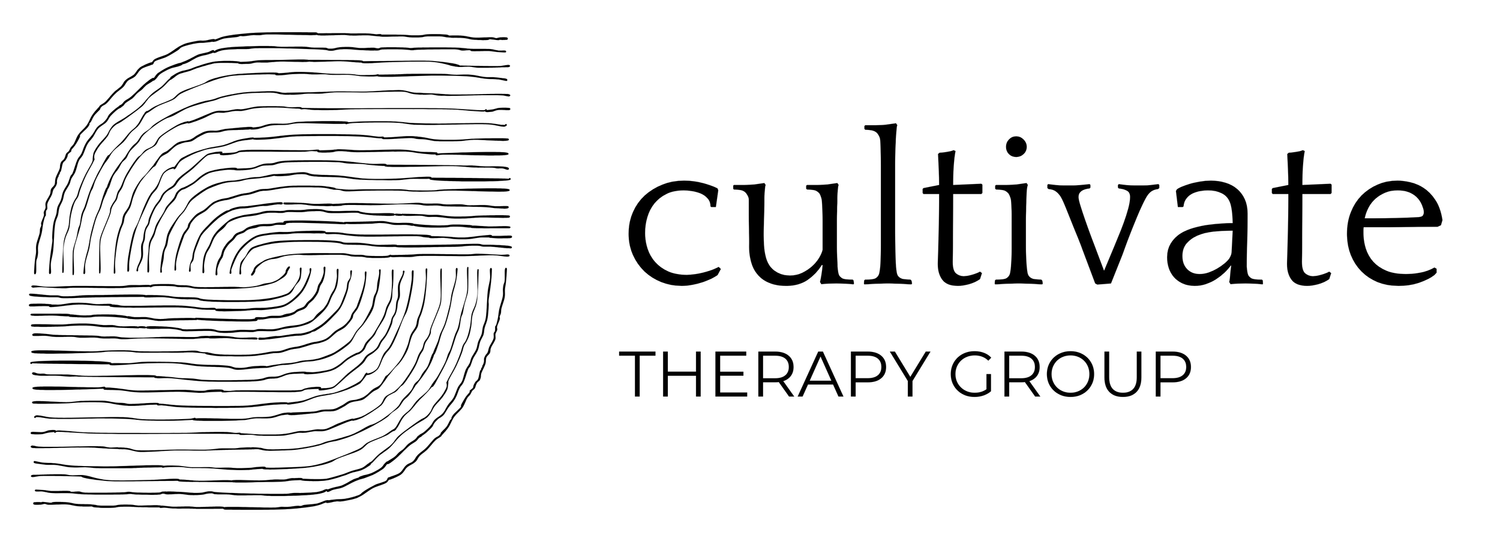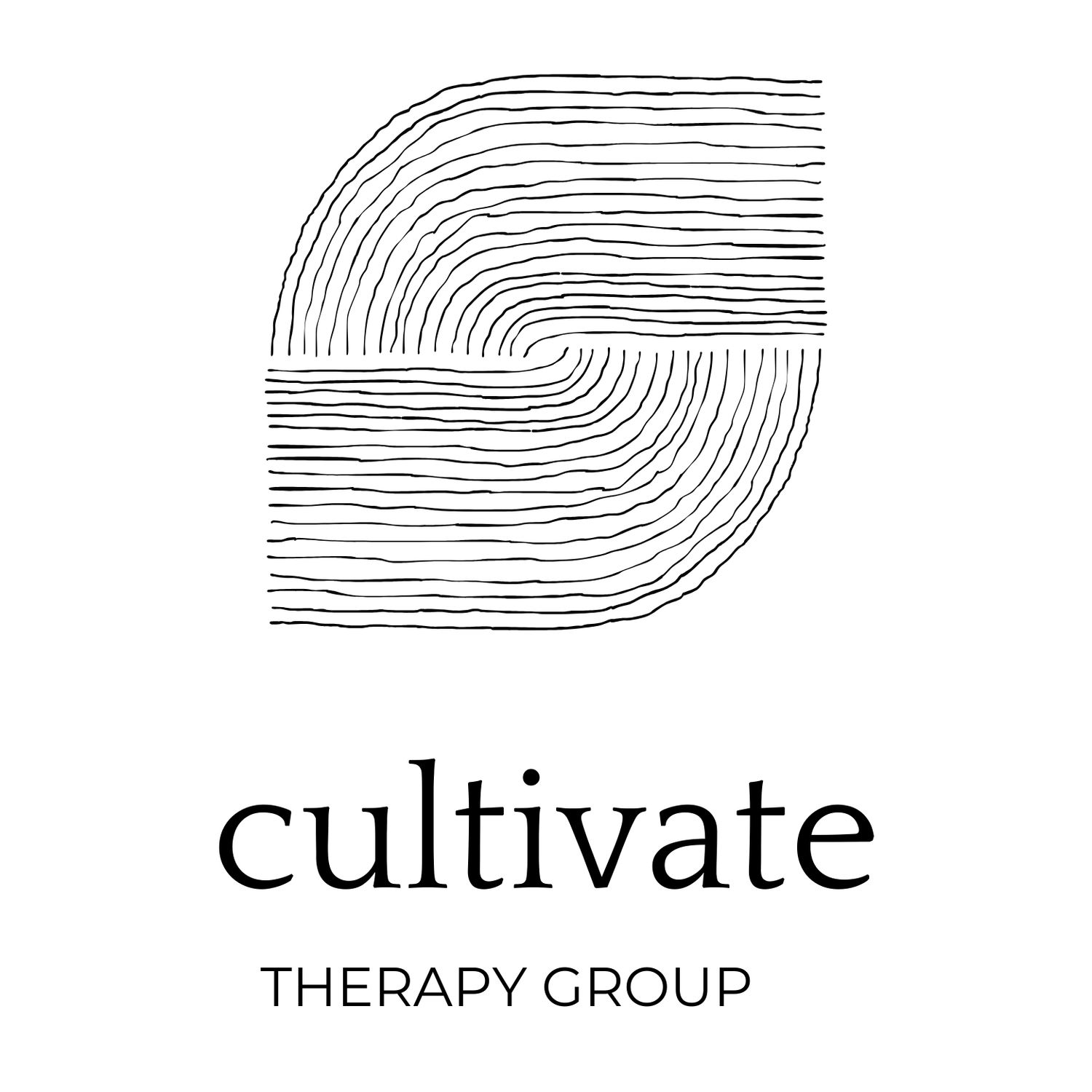
Self-Care Lessons from Regenerative Braking
My family recent got our first electric vehicle. It’s been fun to get used to all the new ways EV’s work and gamify our commute to see how much battery we use or save. One of the exciting features of hybrids and electric vehicles is the concept of regenerative braking. It’s normal and good to need times to stop and recharge our batteries (this is part of why the importance of sleep cannot be overemphasized for our mental and physical wellbeing). Between re-charges, regenerative braking offers us a more holistic, and often realistic path forward. Our daily lives are full of moments that require us expending energy, and moments that restore our energy, sometimes even in the same experience! Self-care following regenerative braking encourages us to keep a mindful balance of our internal battery life, pushing and exerting when required, and then leaning into something restoring or slowing down
100+ Things You Can Do During Social Distancing
The situation & recommendations regarding COVID-19 are rapidly evolving, including recent widespread closures of schools, workplaces, and large gatherings. We are all navigating a healthy response that avoids unnecessary panic & us vs them thinking while taking socially responsible steps to take this pandemic seriously. This means we may all be spending a lot of time at home, and perhaps feeling a bit sir crazy. Wondering what in the world to do while home while honoring social distancing?
How to Find a Therapist, Counselor or Psychologist in Dublin, CA
You want to check out therapy. You know it would be good for you. You’ve had friends rave about how helpful their therapist is and you’ve seen them change for the better. Naturally, you’re curious. And of course, you know there are a few things you could probably work on, too. But you have no idea how in the world to find a good therapist. Especially in a place like Dublin, Pleasanton and the greater Bay Area, where there are many therapists, how do you sort through to find the right fit for you?
Befriending Our Ugly Parts - Part II
Last week we talked about how to identify & befriend those unsightly reactions in us that we’d rather not have. Today we’ll dive a bit deeper, using imagery to foster deeper compassion & understanding. Get yourself comfortably seated, then slowly work through the questions below. You can mindfully walk through this imaginatively or journal through your responses.
Befriending Our Ugly Parts
The best way to manage those unsightly parts of ourselves is actually to befriend them. Yes, even that one you hate. Hating ourselves for a certain reaction rarely creates change.
“Parts” language comes from a therapy modality called Internal Family Systems. We can really get into the weeds on this, but the basic theory is that we all have many parts of ourselves that are performing different tasks for our overall good. The parts always intend well for us, even if their actions seem to backfire. Often these parts of ourselves are working to protect us in some way and fear that if they don’t do what they are doing (pleasing others, being critical, being a perfectionist, acting suspicious, etc.) that something bad would happen.

